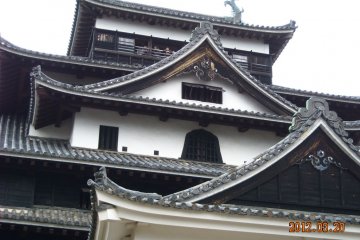
Matsue Castle
Sasa JancikicMatsue castle was a military building. There were no comforts or any kind of mirror rooms padded in silk. Main tower though offered a picture-postcard view from Japan.

Matsue Castle (松江城, Matsuejō) is the centerpiece of Matsue’s well-preserved castle town. Completed in 1611, Matsue Castle is one of only 12 original castles remaining in Japan—and one of just five officially designated a National Treasure. Built to withstand war and sieges, the castle survived unscathed and remains remarkably well preserved in the modern day.
Find that perfect spot and enjoy the scenery or sail around the castle’s moats as if it were still the Edo Period. In a short excursion around the castle, you can see and enter many former samurai residences which play new roles as museums or visit the 200-year-old Meimei-an teahouse and gardens for a truly majestic view of the castle.
Matsue Castle is a 25-30 minute walk from Matsue Station or a 10-minute ride via the Lake Line sightseeing bus.

Matsue castle was a military building. There were no comforts or any kind of mirror rooms padded in silk. Main tower though offered a picture-postcard view from Japan.
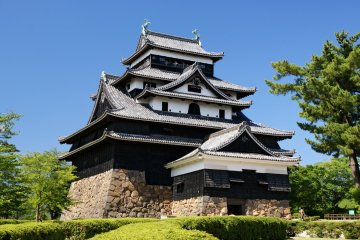
Matsue is a traditional castle town, with one of only twelve original remaining castles nationwide as its foremost symbol.
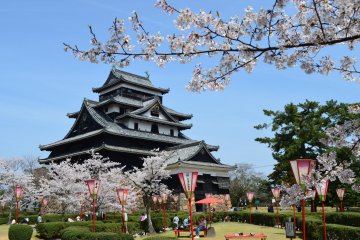
Designated as one of Japan's Top 100 Cherry Tree viewing spots, Matsue Castle Park is a delight during spring. Around 200 sakura trees dot the grounds here, and the best time to catch them in full bloom is from late March through until early April.
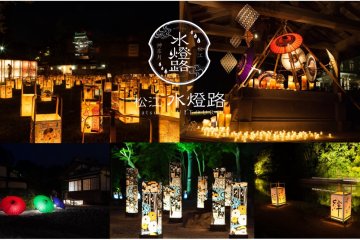
Now in its 20th year, the Matsue Water Light Road event brings a variety of beautiful illuminations to Shimane's capital. Various locations across the city are decorated with handmade paper lanterns and colorful parasols, creating an ethereal atmosphere.

If you're headed to the Matsue History Museum, you have to pay a visit to the on-site cafe known as Kissa Kiharu. The cafe serves a range of beverages, and some beautiful handcrafted wagashi that look almost too good to eat!
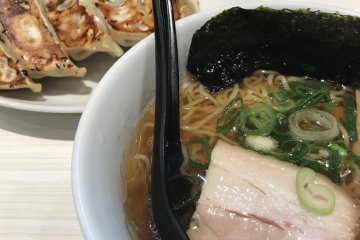
Ramen Dining Naseba Naru Kakeru is located inside Matsue Station, and provides an easy to navigate menu and experience - particularly for international travelers.
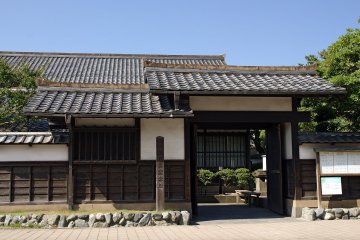
The Lafcadio Hearn Memorial Museum is dedicated to the British explorer Patrick Lafcadio Hearn (Koizumi Yakumo) who came to Japan in the 1800s. The museum opened in 1934, 30 years after Hearn's death, and renovated and expanded in 2016. Hearn naturalized as a Japanese citizen after marrying Koizumi Setsu in 1896, the daughter of a Matsue samurai. During the fifty-four years of his life he created thirty works, including the well-known “Kwaidan. Strange Stories and Studies from Japan, ”which he wrote in his later years. Hearn's works had a decisive influence on the western image of Japan in the early 20th century. The life of Hearn is presented as well as his accomplishments and ideas.

Lake Shinji (宍道湖, Shinji-ko) is a lake in the northeast area of the Shimane Prefecture in Japan. The lake is the seventh largest in Japan, with a circumference of 48 kilometres. It is enclosed by the Shimane Peninsula to the north, and the Izumo and Matsue plains to the west and east respectively. [Wikipedia]
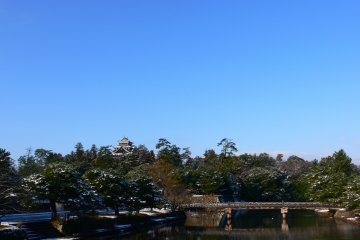
Matsue Castle is the centerpiece of Matsue's well-preserved castle town. Sail around the castle's moats as if it were still the Edo Period. Visit the 200-year-old Meimei-an teahouse and gardens for a truly majestic view.